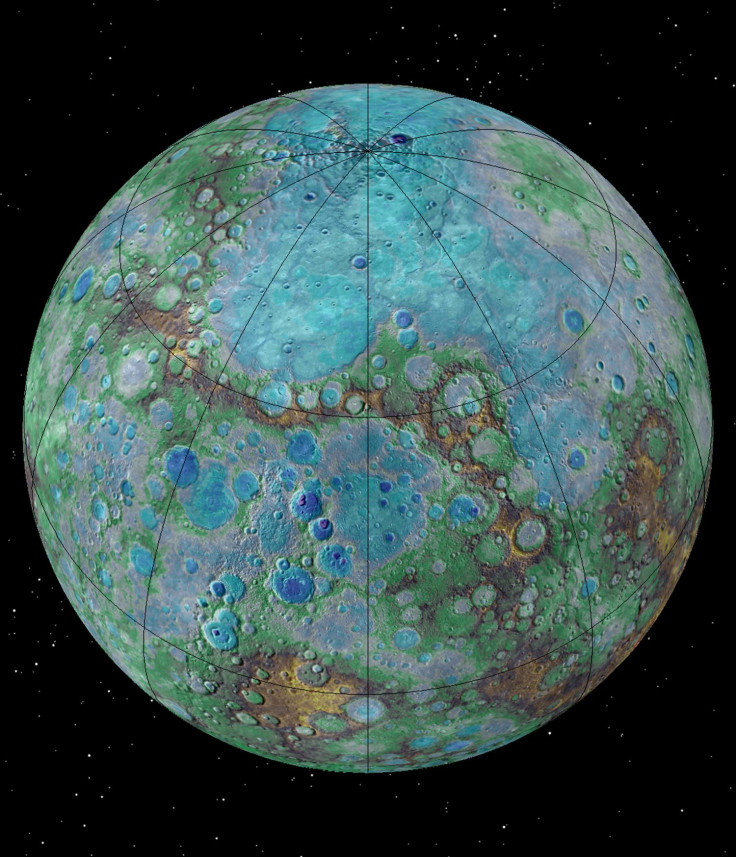Mercury Is The Only Other Planet In Our Solar System To Have Quakes

A new study looking at the cliffs on Mercury’s surface has made a game-changing discovery: the tiny planet has quakes. This makes Mercury, the closest planet to the sun, the only other planet in our solar system to be tectonically active.
Decades ago, NASA's Mariner 10 probe flew by Mercury and found large fault scarps (cliff-like landforms resembling steps) on the planet. Intel from NASA’s MESSENGER spacecraft—the first probe to orbit Mercury—suggested the cliffs measure 600 miles in length and 1.8 miles in height. But over the past 18 months, the MESSENGER got closer to the surface of the planet to take better pictures to find the fault scarps are less than 6 miles long and dozens of feet high.
An analysis by scientists, published in the journal Nature Geoscience, finds that the fault scarps are less than 50 million years old. Keeping in mind how relatively young the cliffs are, scientists believe they are the byproduct of geological activity on the planet. Study lead author Thomas Watters, a planetary scientist at the Smithsonian Institution's Center for Earth and Planetary Studies in Washington, said in a statement: “The young age of the small scarps means that Mercury joins Earth as a tectonically active planet, with new faults likely forming today.”

According to Watters, the quakes are likely the result of the planet cooling and continuing to shrink. “The large scarps were formed as Mercury’s interior cooled, causing the planet to contract and the crust to break and thrust upward along faults making cliffs up to hundreds of miles long and some more than a mile (over one-and-a-half kilometers) high,” wrote NASA.
Scraps of similar measurements can be found on Earth's moon. Previous missions have found the moonquakes to be as high as magnitude 5 on the Richter scale and Watters believes Mercury may have quakes of the same caliber.
"We might expect shallow seismic events of a comparable level on Mercury," Watters told Space.com. "We might even see events significantly greater than magnitude 5 with the older, larger scarps. Mercury has the potential for many more earthquakes than the moon, since it's contracted a lot more than the moon has.”
An ongoing mystery for scientists is how Mercury still retains heat and continues shrinking instead of cooling down completely.
"The way that terrestrial bodies like Mercury, Earth and even the moon have evolved thermally is emerging as one of the puzzles that researchers need to solve in planetary science," Watters said.
Being tectonically active is a quality that has previously been linked to hosting life, which makes the finding of Mercury’s geological activity significant. While it is unlikely that the planet is habitable—it has no atmosphere and its temperature varies from 800 degrees Fahrenheit by day and –280 degrees Fahrenheit by night—the findings can be useful for scientists exploring life outside our solar system.
"This is why we explore," said NASA planetary science director Jim Green. "For years, scientists believed that Mercury’s tectonic activity was in the distant past. It’s exciting to consider that this small planet - not much larger than Earth's moon - is active even today."
© Copyright IBTimes 2025. All rights reserved.




















